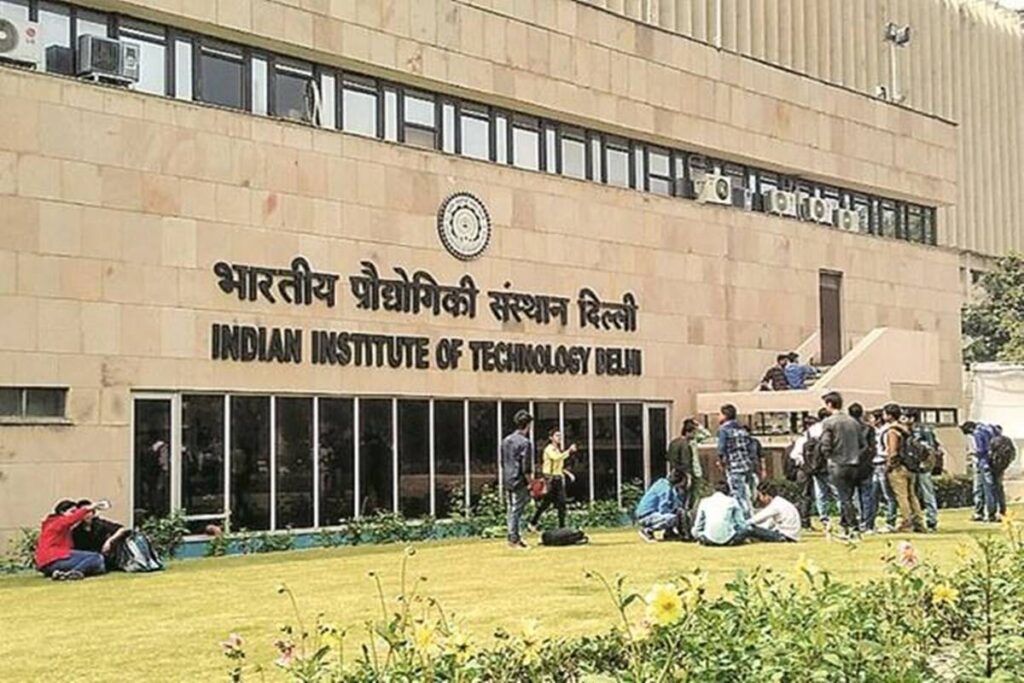

IIT JAM Geology Syllabus: A Comprehensive Guide
Geology is a fascinating field that deals with the study of the Earth’s composition, structure, and processes. If you are interested in pursuing a career in this field, then IIT JAM Geology could be the right choice for you. In this article, we will provide you with all the information you need to know about IIT JAM Geology, including the syllabus, eligibility criteria, cut offs, question paper, books, study material, mock tests, coaching, and more.
Table of Contents
ToggleWhat is IIT JAM Geology?
IIT JAM (Joint Admission Test for M.Sc) is a national-level entrance examination conducted by Indian Institutes of Technology (IITs) for admission to M.Sc (two years), Joint M.Sc-Ph.D, M.Sc-Ph.D dual degree, and other postgraduate programs in science. IIT JAM Geology is one of the seven disciplines in which the examination is conducted.
IIT JAM Geology Syllabus
The syllabus for IIT JAM Geology covers topics from Physical Geology, Historical Geology, Structural Geology, Petrology, Economic Geology, and Geomorphology. The syllabus for IIT JAM Geology is designed to test the candidate’s understanding of the fundamental concepts and principles of Geology.
GEOLOGY (GG)
- The Planet Earth: Origin of the Solar System and the Earth; Geosphere and the composition of the Earth;
Shape and size of the Earth; Earth-Moon system; Dating rocks and age of the Earth; Volcanism and
volcanic landforms; Interior of the Earth; Earthquakes; Earth’s magnetism and gravity, Isostasy; Basic
elements of Plate Tectonics; Orogenic cycles. - Geomorphology: Weathering and erosion; Soil formation; Transportation and deposition by wind, ice,
river, sea and resulting landforms. - Structural Geology: Orientation of planes and lines in space – concept of dip, strike, rake and plunge.
Contour lines; Rule of ‘V’s and outcrop patterns; Interpretation of geological maps and cross-section
construction; Classification and origin of folds, faults, joints, unconformities, foliations and lineations; Stereographic and equal-area projections of planes and lines; Numerical problems related to outcrop and
bore-hole data. - Paleontology: Major steps in the evolution of life forms; Fossils, their mode of preservation and utility in
age determination and paleoenvironmental interpretations; Morphology, major evolutionary trends and
ages of important groups of animals – Brachiopoda, Mollusca, Trilobita, Graptolitoidea, Anthozoa,
Echinodermata; Gondwana plant fossils; Elementary idea of vertebrate fossils in India. - Stratigraphy: Principles of stratigraphy; Litho-, Chrono- and biostratigraphic classification; Stratigraphic
correlation techniques; Archaean cratons of Peninsular India (Dharwar, Singhbhum and Aravalli);
Proterozoic mobile belts; Stratigraphy of Cuddapah and Vindhyan basins; Stratigraphy of Paleozoic –
Mesozoic of Spiti and Kashmir, Gondwana Supergroup, Jurassic of Kutch, Cretaceous of Trichinopoly,
Tertiary and Quaternary sequences of Assam, Bengal and Siwaliks. - Mineralogy: Symmetry and forms in common crystal classes; Physical properties of minerals;
Isomorphism, polymorphism, solid solution and exsolution; Classification of minerals; Structure of silicates;
Mineralogy of common rock-forming minerals; Elements of Optical Mineralogy, Optical properties of
common rock-forming minerals. - Petrology: Definition and classification of rocks; Igneous rocks – forms of igneous bodies; Processes of
evolution and diversification of magma; Classification, association, and genesis of common igneous rocks.
Sedimentary rocks – classification, texture, and structure; Petrology of sandstone and limestone; Elements
of sedimentary environments and facies. Metamorphic rocks – classification and texture; Types of
metamorphism; Controls on metamorphism – pressure, temperature and fluids; Concept of projections –
ACF, AKF and AFM diagrams; Phase Rule and its applications; Concepts of zones and facies,
Characteristic mineral assemblages of pelites in the Barrovian zones and mafic rocks in common facies. - Economic Geology: Physical properties of common economic minerals; General processes of formation
of mineral deposits; Mode of occurrence and distribution of metallic and non-metallic mineral deposits in
India; Fundamentals of reserve calculation; Elements of coal and hydrocarbon geology, Coal and
hydrocarbon occurrences in India. - Applied Geology: Groundwater and hydrological cycle, Types of aquifers, porosity and permeability;
Principles of engineering geology; Geological considerations in construction of dams and tunnels.
IIT JAM Geology Eligibility
To be eligible for IIT JAM Geology, the candidate must have a Bachelor’s degree in Science (B.Sc) or equivalent with a minimum of 55% marks (50% for SC/ST/PWD categories) in the relevant subject.
Candidates who qualify in JAM 2023 must fulfill the following Eligibility Requirements (ERs) for admissions to IITs.
- Candidates should have passed an undergraduate degree or should be currently studying in their final year of undergraduate programme. Proof of having passed the undergraduate degree should be submitted by September 1, 2023.
- Candidates promoted without a marksheet should produce a certificate stating the subjects studied in that semester/year duly signed by the Head of the Institute.
- Foreign nationals with Indian degree are eligible to apply, subject to policy of the Admitting Institute.
At the time of admission, all admitted candidates will have to submit a Physical Fitness certificate from a registered medical practitioner in the prescribed form. The admitted candidates may also have to undergo a Physical Fitness test by a medical board constituted by the Admitting Institute. Admission is liable to be cancelled if a candidate is found physically unfit to pursue their chosen course of study.
